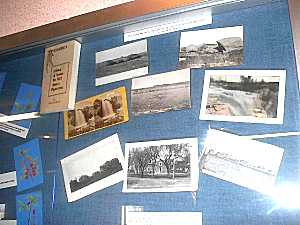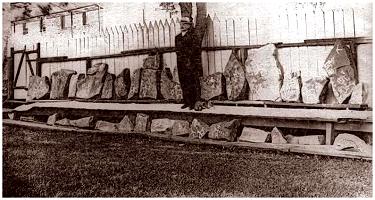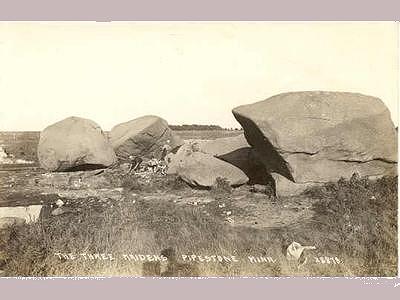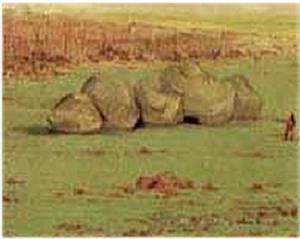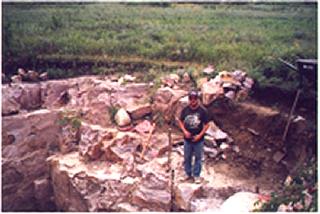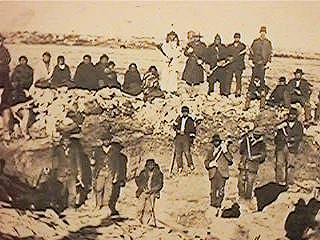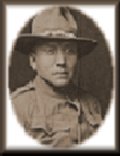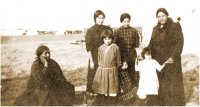
![]() Spirit of Peace Indian Museum
Spirit of Peace Indian Museum ![]()
Dakota Cultural & Educational Center
Dakota Owned & Operated
The next pages show some of the items that are on display in the Museum
First are some of the old photographs:
|
|
||||
|
|
||||
|
|
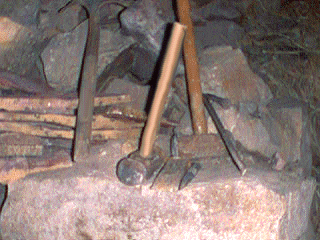 |
These
are the tools that are used in the quarrying process. They have
not changed, if you look in both of the above photos you will
see the same tools.
|
|
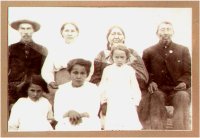 The same group in a more formal pose. |
NEXT: Pipes

 This RingSurfNet Ring This RingSurfNet Ring is owned by Chuck Derby Want to join the Unusual Museums of the Internet? |
|---|
| [List Sites] [Previous] [Random] [Next 5] [Skip Next] [NEXT] |

PAGES OF ITEMS IN THE MUSEUM: Photographs and other historic items.
Site
constructed and designed by
Pipestone Spirit Designs
Photographs copyrighted by Gloria Hazell 2003 Unless shown differently
